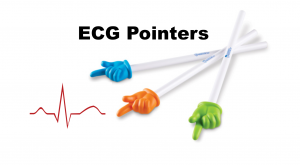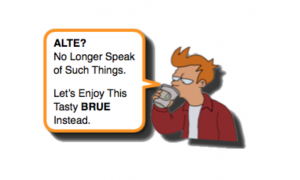Featured

Journal Feed Weekly Wrap-Up
- 2 min read
- 0 comment
Journal Feed covers combination inhalers for mild asthma, treatment of cervical artery dissection, and the shock index in trauma.
WRITE FOR EMDOCS
We are actively recruiting both new topics and authors.
This project is rolling and you can submit an idea or write-up anytime!
Contact us at editors@emdocs.net
Articles

Join our Newsletter
Keep up to date on all of the latest new articles, studies, and Podcasts.
Popular Posts
-
 30 Aug 2021 0Lactated Ringers versus Normal Saline: Myths and Pearls in the ED
30 Aug 2021 0Lactated Ringers versus Normal Saline: Myths and Pearls in the ED -
 11 May 2022 0ECG Pointers: Atrial Fibrillation with Aberrancy
11 May 2022 0ECG Pointers: Atrial Fibrillation with Aberrancy -
 07 Sep 2016 0Strep Throat Mimics: Pearls & Pitfalls
07 Sep 2016 0Strep Throat Mimics: Pearls & Pitfalls -
 19 Oct 2020 0Puncture Wounds: ED presentations, evaluation, and management
19 Oct 2020 0Puncture Wounds: ED presentations, evaluation, and management -
 18 Jul 2016 0What’s that Rash? An approach to dangerous rashes based on morphology
18 Jul 2016 0What’s that Rash? An approach to dangerous rashes based on morphology
Popular Categories
Podcasts

- By: Jennifer Fishe
- Date: June 23, 2025
PECARN STELAR Podcast – Episode 4: How Researchers Conduct Implementation Science Research
- 2 min read
- 0 comment
Implementation science is the scientific study of how people adopt practices. In healthcare this typically refers to translating evidence based practices into clinical care. Dr....

- By: Jess Pelletier
- Date: June 2, 2025
emDOCs Podcast – Episode 121: Ebola Virus Disease
- 8 min read
- 0 comment
Jess Pelletier and Brit Long cover Ebola: when should you suspect this, what is the evaluation, and what is the treatment?

- By: Brit Long
- Date: May 19, 2025
emDOCs Podcast – Episode 120: Stevens-Johnson Syndrome and Toxic Epidermal Necrolysis
- 8 min read
- 0 comment
The emDOCs podcast covers SJS and TEN.

- By: Rachel Bridwell
- Date: May 6, 2025
emDOCs Podcast – Episode 119: Left Ventricular Outflow Tract Obstruction
- 6 min read
- 0 comment
Rachel Bridwell and Brit Long cover the challenging condition of left ventricular outflow tract obstruction in today's podcast.




